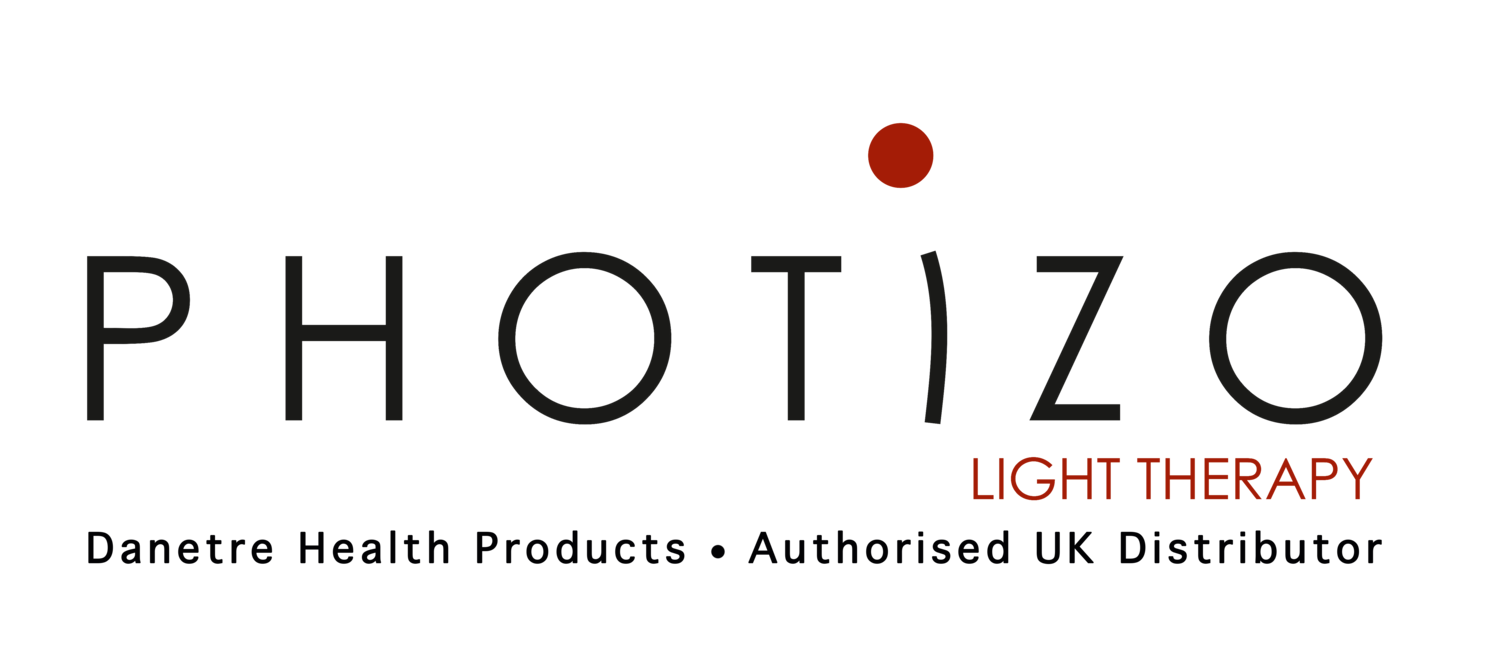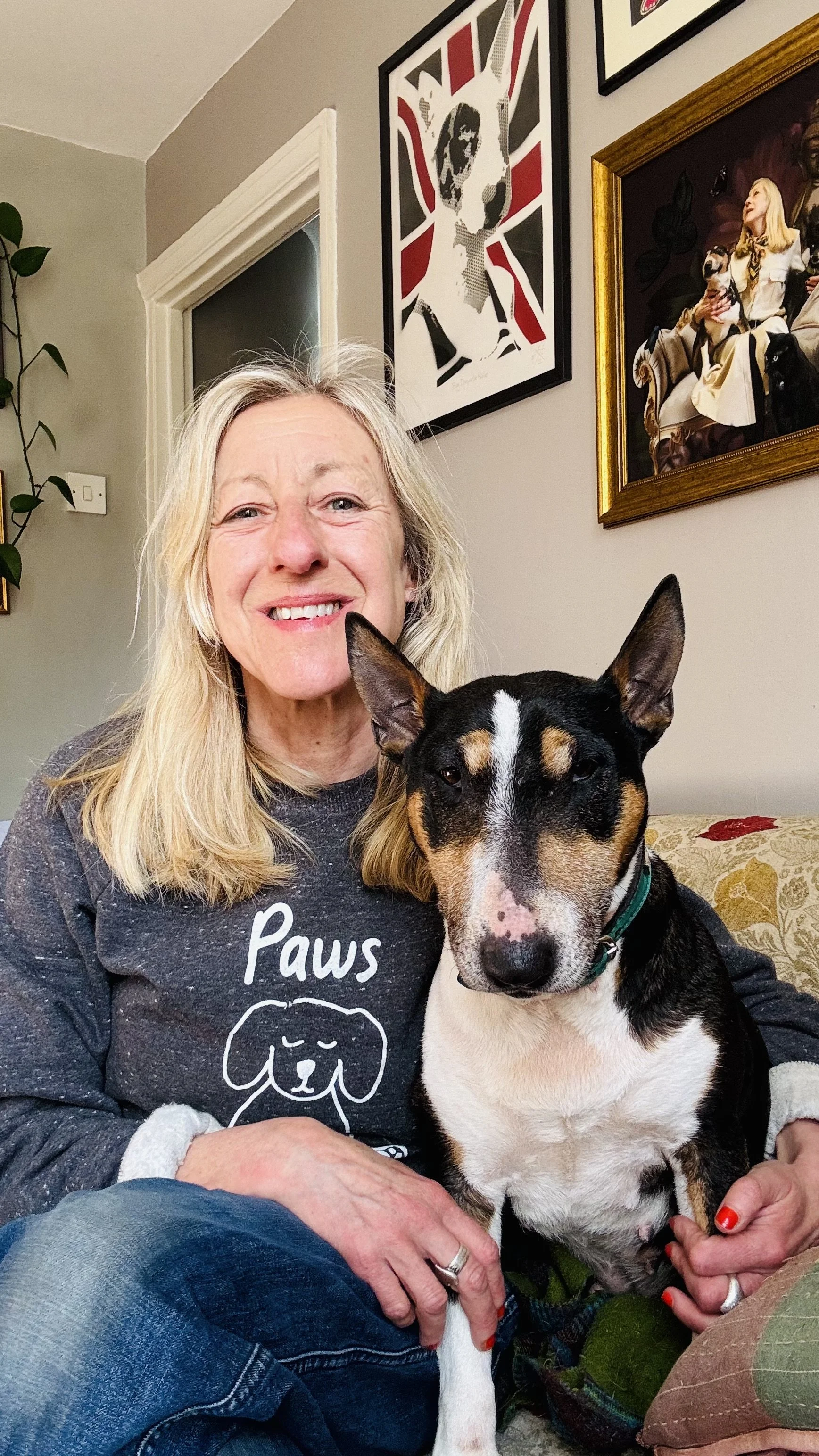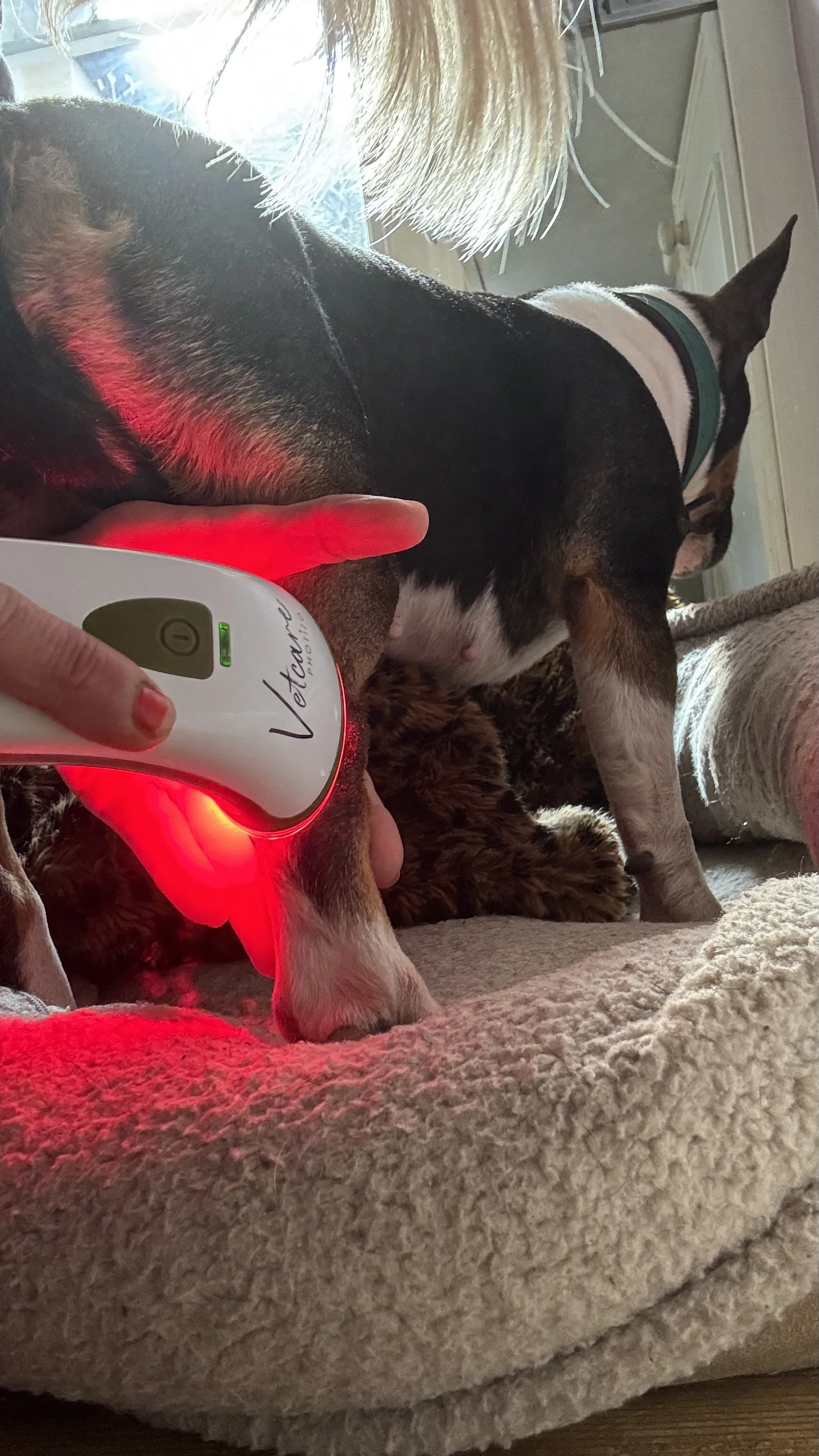Alabama Rot: How Photizo Helped My Dog Battle Suspected CRGV - Prudence’s Story.
When it comes to mysterious and potentially life-threatening conditions in dogs, few strike fear into owners’ hearts quite like Alabama Rot — also known as CRGV (cutaneous and renal glomerular vasculopathy). Though rare, it’s a condition dog owners across the UK have come to recognise, particularly in wetter months when muddy walks are more frequent.
Despite decades of research, CRGV remains largely unexplained. First reported in greyhounds in the US during the 1980s — specifically at the Greenetrack Racing Park in Alabama — the disease was originally linked to E. coli bacteria. However, cases that emerged in the UK from 2012 onwards showed no such link. As a result, UK vets refer to it as suspected CRGV, acknowledging the similarities in symptoms, but also the differences in pathology.
And while early reports suggested hotspots like the New Forest or parts of Suffolk, more recent data shows cases spread across the UK — even reaching city parks in London.
Prudence’s Story: When a Simple Cut Turned Serious
In March 2024, Anna Webb — a Photizo ambassador, canine journalist, and expert in nutrition and behaviour — noticed something was off with her 10-year-old Miniature Bull Terrier, Prudence.
After a typical walk through damp undergrowth, Prudence began to limp, seemingly favouring her back right leg. At first, Anna suspected a twinge from an existing kneecap issue, but upon closer inspection, she noticed a cut on Prudence’s paw. It didn’t seem particularly serious.
Midway Through Second Course of Synulox
"I treated her paw with salt water, Leucillin Antiseptic and doses of our trusty Photizo Vetcare," Anna shared. "On the second day I noticed she was still reluctant to walk and checked her foot, which had literally exploded into an array of sores that were weeping and bleeding."
Despite regular treatment, including saltwater soaks and Red Light Therapy using Photizo Vetcare, the infection worsened rapidly. A vet prescribed a 7-day course of antibiotics (Synulox) based on photos Anna sent. Initially, the wound appeared to improve.
That was, until a walk two days later. "As she went to fetch her ball, her shin bone literally exploded with blood," Anna said. A second, longer course of antibiotics followed, along with continuous bathing, antiseptic sprays, and intensified use of Photizo light therapy.
When the Usual Treatments Don’t Work
Even with diligent care, the infection remained persistent. Anna noted, "The two, long weeks passed and the infection still hadn’t healed. Even the Vetcare seemed to have trouble to get hold, which shocked me!"
For someone who had relied on Photizo Vetcare since 2014 to help with everything from abscesses to lacerations, this was unusual. But Anna continued the evidence-based approach, knowing the biological benefits of photobiomodulation (PBM) at a cellular level — enhancing ATP production, reducing inflammation, increasing circulation, and supporting wound healing.
CRGV Suspicions Begin to Mount
The pattern of symptoms — sudden skin lesions, infection that seemed to retreat then flare again, and a location consistent with CRGV-affected areas — started to align with suspected Alabama Rot.
"Having read up on cases of Alabama Rot, it was clear that Prudence’s symptoms were very similar, particularly as it was located only to her ankle, shin bone and paw-pad," Anna explained.
Eventually, her vets performed a bacterial culture. The results identified Staphylococcus pseudintermedius (moderate growth) and Streptococcus minor (scant growth) — no E. coli was present, aligning with UK patterns of suspected CRGV.
Another 14-day course of antibiotics, this time Doxycycline, was prescribed. Kidney function tests were also run — thankfully, Prudence’s results came back normal.
"The course of Doxycycline helped, but didn’t fix Prudence’s leg completely," Anna recalled. "I was scared to give her a fourth course of antibiotics for fear of destroying her microbiome, and her immune system’s natural defence mechanisms."
A Patient Healing Process
Full recovery took three months. It required consistency, patience, and a routine structured around wound management and Red Light Therapy sessions using the Photizo Vetcare.
"She still has lumpy scar tissue on her ankle joint, which was badly affected," said Anna. But thanks to enrichment activities indoors and gentle walks, Prudence remained mentally and physically engaged through the healing process.
Now a year on, Prudence is doing well — but her care routine includes regular paw bathing after walks as a preventive measure.
Takeaways for Dog Owners
Prudence’s story is a powerful reminder of how important it is to monitor even small wounds — especially after muddy walks. While CRGV is still rare, its symptoms can be severe and progress quickly.
Red Light Therapy, such as that delivered through Photizo Vetcare, plays a crucial role in supporting wound healing, reducing inflammation, and improving circulation — especially when used alongside traditional care.
As Anna’s experience shows, even in complex and stubborn cases, an integrated approach combining veterinary support, antibiotics, and daily PBM treatment can make all the difference.
Have you experienced something similar with your dog? Stay alert, stay informed, and don't underestimate the power of consistent care and Photizo Red Light Therapy.




